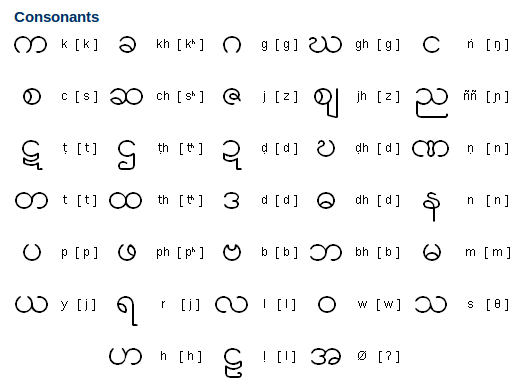

The headline highlights the challenges for the planet, but the interesting part from a strictly translation point of view is the “ 70亿“. In English, we count large amounts in millions, billions, trillions and so on, but not everyone breaks things up like this.įor instance, the BBC website recently ran a Chinese headline announcing the birth of the “7 billionth child”: The way of grouping together large quantities can be different too. It is not just the symbols used to represent numbers that can vary. For instance, InDesign ME allows users to special Arabic, Farsi or Hindi numerals. The translator types the numbers as part of the translation, you import into InDesign (or whatever), apply the font and hey presto! You can sometimes control the form numerals take from within your typesetting software. The characters for a given language should be in the multilingual font being used for the rest of foreign language typesetting. The typesetting of numbers is usually straightforward. Also, I would argue the first label should be “Arabic Hindi” or “Eastern Arabic” to differentiate from the numerals used in English, which are correctly referred to as “Arabic numerals”. For instance, it is very common for Chinese text to use the same numerals as English.


This is a great illustration of the range of numeral systems out there, but it should be used combined with some local knowledge. The French might say “dix” when the English say “ten”, but we both write “10”.īut many languages do not use the same symbols. Many of these use the same symbols for these amounts as we do in English. The vast majority of languages have separate words for particular amounts. Whatever language we speak, we all count. A page design that plays on the shape of a number might fall apart when typeset in a foreign language.įirst, what we all have in common. Not all languages share the same numerals something it can be importantly to remember from the start of the design process.


 0 kommentar(er)
0 kommentar(er)
